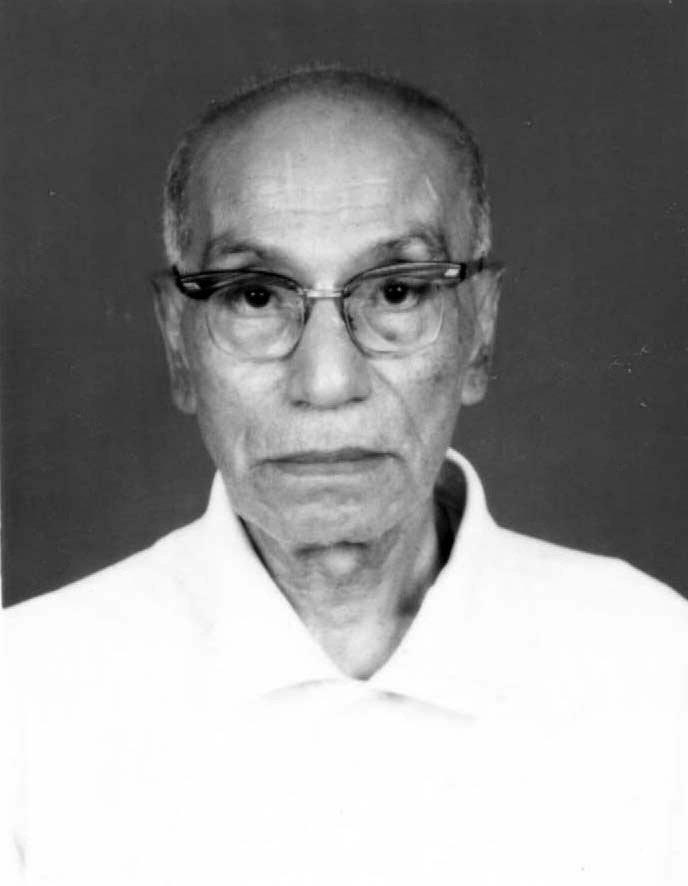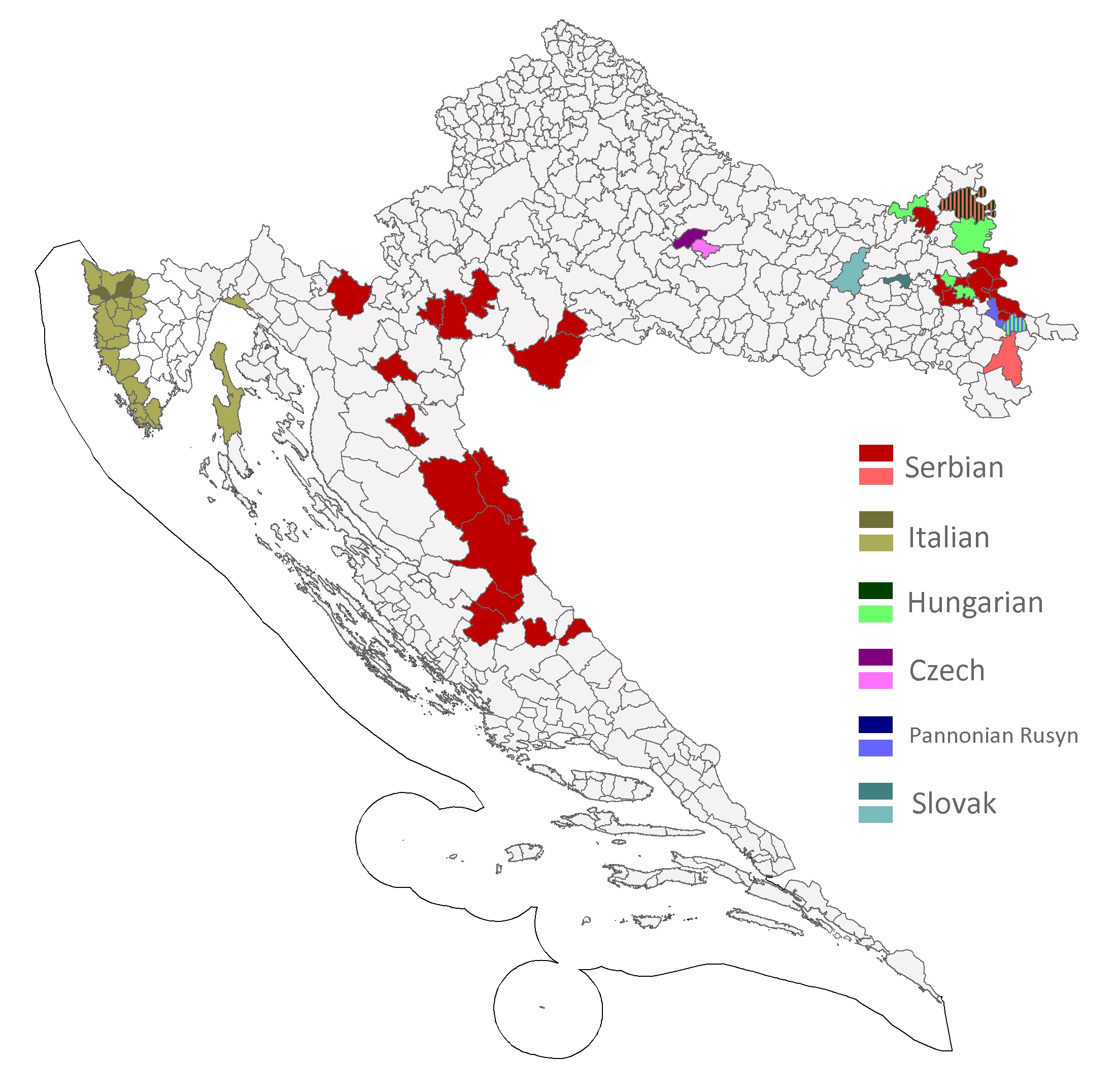|
Thaunkanhe
''Thaunkanhe'' () is the first magazine in Nepal Bhasa to be published from Nepal. The monthly magazine began publication on 21 May 1951 (Nepal Era 1071 Bachhala), coinciding with the festival of Swanya Punhi, the "full moon day of flowers" marking the anniversary of the Buddha's birth, enlightenment and nirvana. It was among the very few magazines published in Nepal at the time. The first magazine in Nepal Bhasa was ''Buddha Dharma wa Nepal Bhasa'' (Devanagari: बुद्ध धर्म व नॆपाल भाषा), which was published from Kolkata, India in 1925. History ''Thaunkanhe'' was started by former merchants Purna Kaji Tamrakar, Pushpa Ratna Sagar and Ratna Man Singh Tuladhar with funds donated by Nepalese traders in Lhasa, Tibet. The three were its first editor, deputy editor and publisher respectively. The monthly was registered at the Magistrate's Office, Bhaktapur and given Registered No. 12. It was published from 11/122 Asan Tyouda, Kathmandu and prin ... [...More Info...] [...Related Items...] OR: [Wikipedia] [Google] [Baidu] |
Thaunkanhe First Issue Cover
''Thaunkanhe'' () is the first magazine in Nepal Bhasa to be published from Nepal. The monthly magazine began publication on 21 May 1951 (Nepal Era 1071 Bachhala), coinciding with the festival of Swanya Punhi, the "full moon day of flowers" marking the anniversary of the Buddha's birth, enlightenment and nirvana. It was among the very few magazines published in Nepal at the time. The first magazine in Nepal Bhasa was ''Buddha Dharma wa Nepal Bhasa'' (Devanagari: बुद्ध धर्म व नॆपाल भाषा), which was published from Kolkata, India in 1925. History ''Thaunkanhe'' was started by former merchants Purna Kaji Tamrakar, Pushpa Ratna Sagar and Ratna Man Singh Tuladhar with funds donated by Nepalese traders in Lhasa, Tibet. The three were its first editor, deputy editor and publisher respectively. The monthly was registered at the Magistrate's Office, Bhaktapur and given Registered No. 12. It was published from 11/122 Asan Tyouda, Kathmandu and print ... [...More Info...] [...Related Items...] OR: [Wikipedia] [Google] [Baidu] |
Purna Kaji Tamrakar
Purna Kaji Tamrakar ( ne, पूर्णकाजी ताम्रकार) (1920 - 2009) was a Nepalese merchant, author and journalist who worked to develop Nepal Bhasa at the time when writers were being persecuted by the government. Pages 60-67. Early life Tamrakar was born at Maru, Kathmandu to father Jagat Muni and mother Pun Laxmi Tamrakar. The neighborhood lies at the western edge of Kathmandu Durbar Square. Tamrakar's ancestral home stands near a large stupa and is known as Tagwah Chibha meaning "large stupa". He attended high school in Kolkata, India and returned to Kathmandu and married Hira Devi. Career Tamrakar was a Lhasa trader. In 1940, he went to Lhasa, Tibet and joined his maternal uncle's business house. Tamrakar engaged in business, and also served as secretary of the Nepalese Chamber of Commerce, Lhasa. While in Lhasa, he came into contact with another Nepalese merchant Pushpa Ratna Sagar, and was inspired to write and serve his mother tongue. His fir ... [...More Info...] [...Related Items...] OR: [Wikipedia] [Google] [Baidu] |
Nepal Bhasa Journalism
Nepal Bhasa journalism began in 1925 with the publication of the magazine ''Buddha Dharma wa Nepal Bhasa'' (Devanagari: बुद्ध धर्म व नॆपाल भाषा). It was the first magazine to be published in Nepal Bhasa. It was published from Kolkata, India by Dharmaditya Dharmacharya. Magazines Newar, Newari, or Nepal Bhasa, is a Sino-Tibetan language spoken by the Newar people, the indigenous inhabitants of Nepal Mandala, the Kathmandu Valley and surrounding regions in Nepal. Although "Nepal Bhasa" literally means "Nepalese language", the language is not the same as Nepali (Devanāgarī: नेपाली), the country's current official language. Dharmacharya (1902-1963) was the first Nepal Bhasa journalist. He served as editor and also wrote many of the articles in ''Buddha Dharma wo Nepal Bhasa''. It was published in India instead of Nepal as the Rana dynasty disapproved of any attempt to promote either the religion or the language. Originally named ''B ... [...More Info...] [...Related Items...] OR: [Wikipedia] [Google] [Baidu] |
Siddhicharan Shrestha
Siddhicharan Shrestha (Devanagari: सिद्धिचरण श्रेष्ठ; 21 May 1912 – 4 June 1992) was one of the most prominent writers of Nepal. He contributed to the struggle against the autocratic Rana regime (1846–1951) through his writings. His revolutionary poetry aroused freedom fighters, and he was sentenced to 18 years in jail for his literary activities. He wrote in Nepal Bhasa and Nepali. His poem ''Mero Pyaro Okhaldhunga'' () in Nepali is considered to be one of his masterpieces. In this poem, he has expressed how proud he is to describe the place Okhaldhunga in eastern Nepal, where he was born and grew up. Early years Shrestha's ancestors moved to Ombahal of Kathmandu from Bhaktapur. His father Bishnu Charan (novelist) worked for the government and wrote novels like ''Sumati'' and ''Bhismapratigya''. In the course of his service, he was transferred to Okhaldhunga in east Nepal where he was born on 21 May 1912 (9 Jestha 1969 B.S.) and spent his chi ... [...More Info...] [...Related Items...] OR: [Wikipedia] [Google] [Baidu] |
Kathmandu
, pushpin_map = Nepal Bagmati Province#Nepal#Asia , coordinates = , subdivision_type = Country , subdivision_name = , subdivision_type1 = Province , subdivision_name1 = Bagmati Province , subdivision_type2 = District , subdivision_name2 = Kathmandu , established_title = , founder = Manjushri , parts_type = No. of Wards , parts = 32 , seat_type = , seat = , government_footnotes = , government_type = Mayor–council government , governing_body = Kathmandu Metropolitan Government, , leader_title = Mayor , leader_name = Balendra Shah ( Ind.) , leader_title1 = Deputy mayor , leader_name1 = Sunita Dangol (UML) , leader_title2 = Executive Officer , leader_name2 = Basanta Adhikari , unit_pref ... [...More Info...] [...Related Items...] OR: [Wikipedia] [Google] [Baidu] |
Pushpa Ratna Sagar
Pushpa Ratna Sagar ( ne, पुष्प रत्न सागर) (born Pushpa Ratna Tuladhar) (29 October 1922 – 11 November 2011) was a Nepalese merchant, grammarian, lexicographer and pioneer pressman. Born Pushpa Ratna Tuladhar in Asan Dhalasikwa, Kathmandu, he acquired the nickname Sagar in his childhood during a pilgrimage to Ganga Sagar (Sagar Island) in India. He was the third and youngest son of trader Pushpa Sundar Tuladhar and his wife Dhan Maya. Early life Sagar received primary education at a neighbourhood school conducted at the home of teacher Jagat Lal Master. He was married to Lani Devi Bania of Itum Bahal on 12 January 1942. In 1943, he left for Lhasa, Tibet to join his ancestral business house Ghorasyar. Career While in Lhasa, he was stirred by the activism in Nepal against the suppression of Nepal Bhasa and imprisonment of writers by the Rana regime. He thought of doing something for his mother tongue, and started writing a grammar of the language that ... [...More Info...] [...Related Items...] OR: [Wikipedia] [Google] [Baidu] |
Monthly Magazines
Monthly usually refers to the scheduling of something every month. It may also refer to: * ''The Monthly'' * ''Monthly Magazine'' * ''Monthly Review'' * ''PQ Monthly'' * ''Home Monthly'' * ''Trader Monthly'' * ''Overland Monthly'' * Menstruation, sometimes known as "monthly" {{disambiguation ... [...More Info...] [...Related Items...] OR: [Wikipedia] [Google] [Baidu] |
Magazines Established In 1951
A magazine is a periodical publication, generally published on a regular schedule (often weekly or monthly), containing a variety of content. They are generally financed by advertising, purchase price, prepaid subscriptions, or by a combination of the three. Definition In the technical sense a ''journal'' has continuous pagination throughout a volume. Thus ''Business Week'', which starts each issue anew with page one, is a magazine, but the '' Journal of Business Communication'', which continues the same sequence of pagination throughout the coterminous year, is a journal. Some professional or trade publications are also peer-reviewed, for example the '' Journal of Accountancy''. Non-peer-reviewed academic or professional publications are generally ''professional magazines''. That a publication calls itself a ''journal'' does not make it a journal in the technical sense; ''The Wall Street Journal'' is actually a newspaper. Etymology The word "magazine" derives from Arabic , th ... [...More Info...] [...Related Items...] OR: [Wikipedia] [Google] [Baidu] |
Literary Magazines
A literary magazine is a periodical devoted to literature in a broad sense. Literary magazines usually publish short stories, poetry, and essays, along with literary criticism, book reviews, biographical profiles of authors, interviews and letters. Literary magazines are often called literary journals, or little magazines, terms intended to contrast them with larger, commercial magazines. History ''Nouvelles de la république des lettres'' is regarded as the first literary magazine; it was established by Pierre Bayle in France in 1684. Literary magazines became common in the early part of the 19th century, mirroring an overall rise in the number of books, magazines, and scholarly journals being published at that time. In Great Britain, critics Francis Jeffrey, Henry Brougham and Sydney Smith founded the '' Edinburgh Review'' in 1802. Other British reviews of this period included the ''Westminster Review'' (1824), ''The Spectator'' (1828), and ''Athenaeum'' (1828). In the United ... [...More Info...] [...Related Items...] OR: [Wikipedia] [Google] [Baidu] |
Cultural Magazines
Culture () is an umbrella term which encompasses the social behavior, institutions, and norms found in human societies, as well as the knowledge, beliefs, arts, laws, customs, capabilities, and habits of the individuals in these groups.Tylor, Edward. (1871). Primitive Culture. Vol 1. New York: J.P. Putnam's Son Culture is often originated from or attributed to a specific region or location. Humans acquire culture through the learning processes of enculturation and socialization, which is shown by the diversity of cultures across societies. A cultural norm codifies acceptable conduct in society; it serves as a guideline for behavior, dress, language, and demeanor in a situation, which serves as a template for expectations in a social group. Accepting only a monoculture in a social group can bear risks, just as a single species can wither in the face of environmental change, for lack of functional responses to the change. Thus in military culture, valor is counted a typic ... [...More Info...] [...Related Items...] OR: [Wikipedia] [Google] [Baidu] |
Curriculum
In education, a curriculum (; : curricula or curriculums) is broadly defined as the totality of student experiences that occur in the educational process. The term often refers specifically to a planned sequence of instruction, or to a view of the student's experiences in terms of the educator's or school's instructional goals. A curriculum may incorporate the planned interaction of pupils with instructional content, materials, resources, and processes for evaluating the attainment of educational objectives. Curricula are split into several categories: the explicit, the implicit (including the hidden), the excluded, and the extracurricular.Kelly, A. V. (2009). The curriculum: Theory and practice (pp. 1–55). Newbury Park, CA: Sage.Braslavsky, C. (2003). The curriculum. Curricula may be tightly standardized or may include a high level of instructor or learner autonomy. Many countries have national curricula in primary and secondary education, such as the United Kingdom's Na ... [...More Info...] [...Related Items...] OR: [Wikipedia] [Google] [Baidu] |
Linguistic Rights
Linguistic rights are the human and civil rights concerning the individual and collective right to choose the language or languages for communication in a private or public atmosphere. Other parameters for analyzing linguistic rights include the degree of territoriality, amount of positivity, orientation in terms of assimilation or maintenance, and overtness. Linguistic rights include, among others, the right to one's own language in legal, administrative and judicial acts, language education, and media in a language understood and freely chosen by those concerned. Linguistic rights in international law are usually dealt in the broader framework of cultural and educational rights. Important documents for linguistic rights include the Universal Declaration of Linguistic Rights (1996), the European Charter for Regional or Minority Languages (1992), the Convention on the Rights of the Child (1989) and the Framework Convention for the Protection of National Minorities (1988), as we ... [...More Info...] [...Related Items...] OR: [Wikipedia] [Google] [Baidu] |









